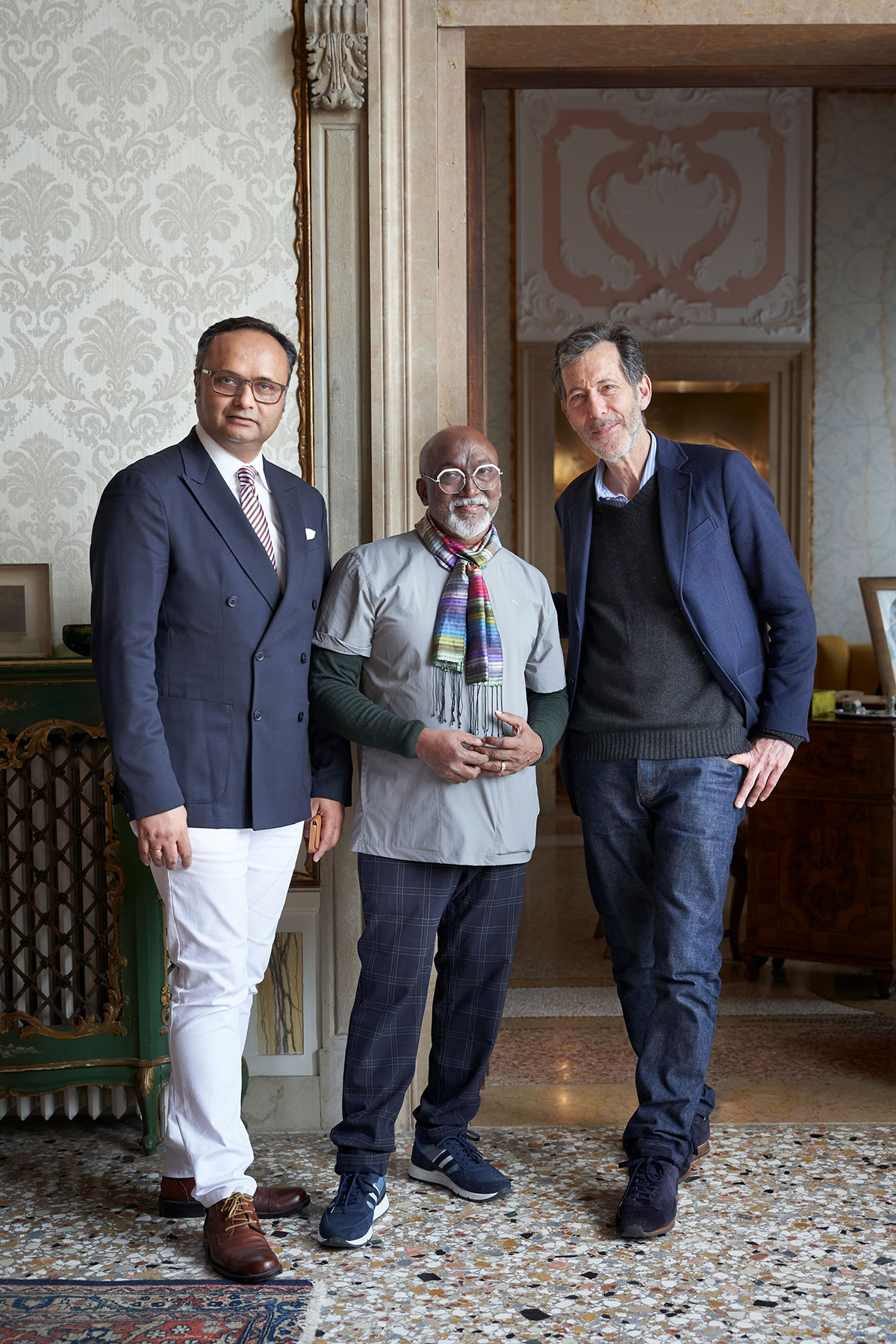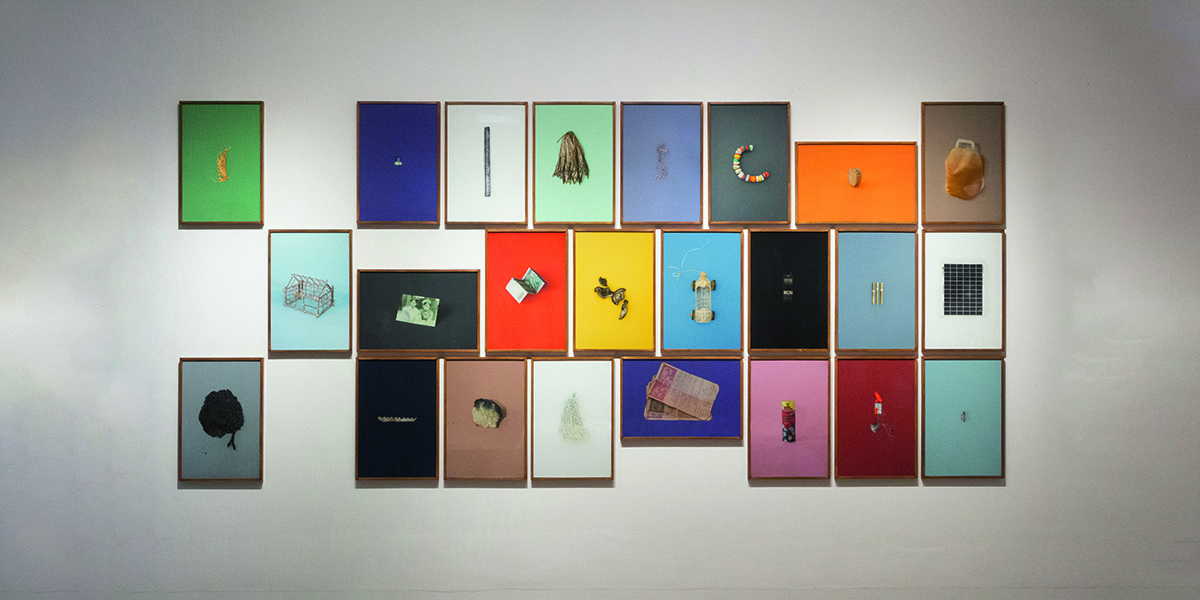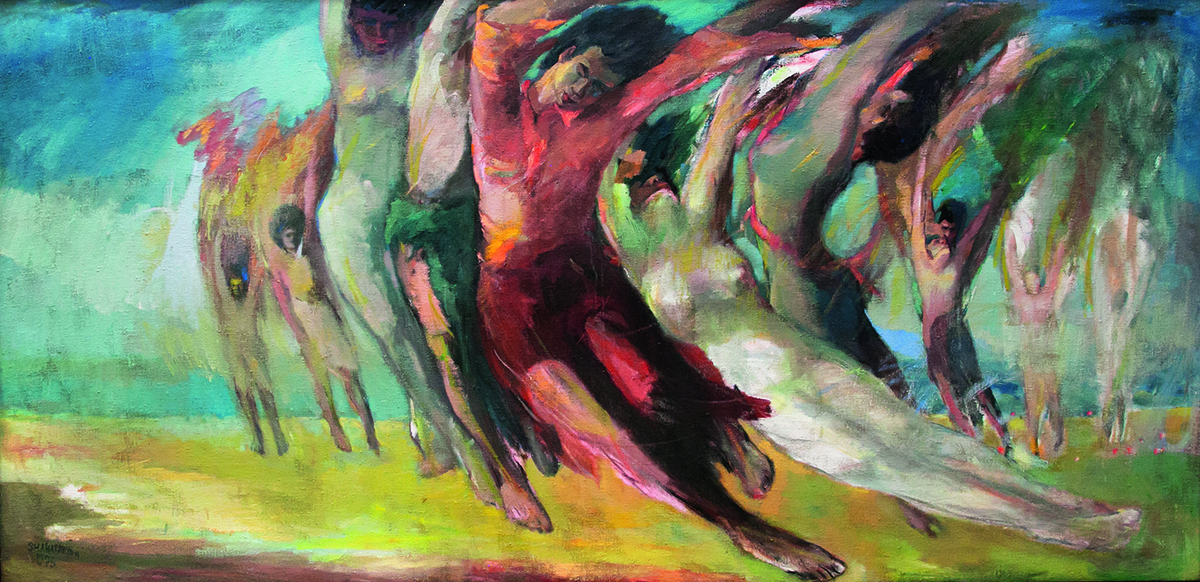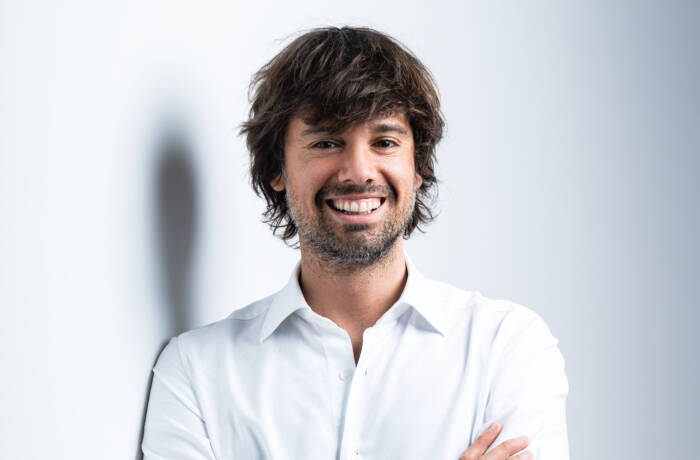
Durjoy Rahman with Bose Krishnamachari, president of Kochi-Muziris Biennale, and Ralph Rugoff, director of the Hayward Gallery, at the launch for the DBF-KMB Award and Lecture Series, Venice, April 2022, photographed by Clelia Cadamuro
With the opening of the Kochi-Muziris Biennale on Monday 12th December, LUX speaks to the founders of the Durjoy Bangladesh Foundation/Kochi-Muziris Biennale Award, which has been created in collaboration with the Hayward Gallery, London.
The inaugural recipient of the multi-year award will be chosen shortly after the opening of the fifth Kochi-Muziris Biennale, held in Kochi, Kerala, India, in December 2022. Aligning with Rahman’s ethos, the award will be bestowed based on merit to an emerging South Asian artist participating in the Biennale.

Spring Song, 2016 ongoing, by Munem Wasif
“Recipients will have their first UK solo exhibition at the Hayward Gallery’s HENI Project Space in the Southbank Centre. Such an honour will no doubt transform the trajectory of their careers,” says a clearly pleased Rahman. “Seeing a South Asian artist, irrespective of their religion or country of origin, occupy such a prestigious space in London – the former centre of colonial Britain – is a powerful example of decolonisation, progress and tolerance.”
Follow LUX on Instagram: luxthemagazine
Speaking exclusively to LUX, Hayward Gallery director Ralph Rugoff adds his own thoughts on the initiative: “With the DBF-KMB Award, Durjoy Rahman will be expanding the impact and legacy of South Asian art by funding exhibitions of South Asian artists at London’s Hayward Gallery, introducing UK and European audiences to important new artistic voices from the region.” He adds, “By fostering cultural exchange and community-engagement programmes, the DBF plays a vital role in creating new connections and conversations between South Asian artists and the rest of the world.”

The Wall, 1967, by Murtaja Baseer
Fittingly, Rugoff will also be co-curating another impressive facet of the collaboration, The Durjoy Bangladesh Lecture Series, alongside the Kochi-Muziris Biennale Foundation team. Slated for 2024, 2026 and 2028, the programme promises to feature an impressive line-up of distinguished curators and artists from the Global South.
Read more: Durjoy Rahman: Making Space For Art Of The Global South
Staying true to his mission, Rahman notes that the public series will “further build the Hayward Gallery’s critical and research-driven engagement with the South Asian arts landscape.”

Untitled, 1975, by Shahabuddin Ahmed
Remembering partition is never a simple exercise. But doing so through the lens of Durjoy Rahman, via his artistic philosophy, philanthropic mission and art collection, offers a unique understanding of the subcontinent and applicable methods of decolonisation. “Rather than alienate one group or another, art should bridge our collective understanding,” says Rahman, as our time together comes to an end. “This is the moment to remember that lesson.”
Find out more: durjoybangladesh.org
This article first appeared in the Autumn/Winter 2022/23 issue of LUX








